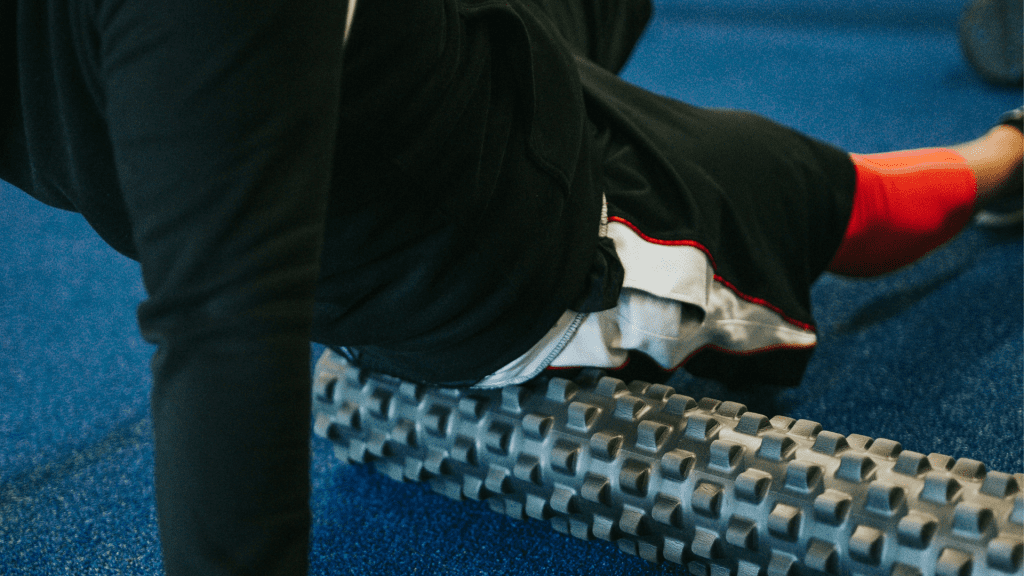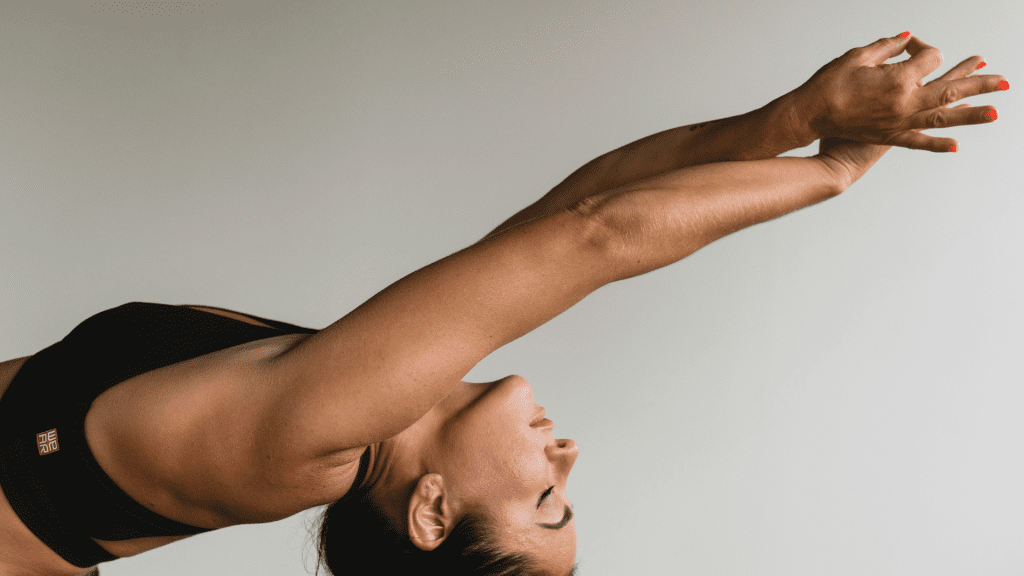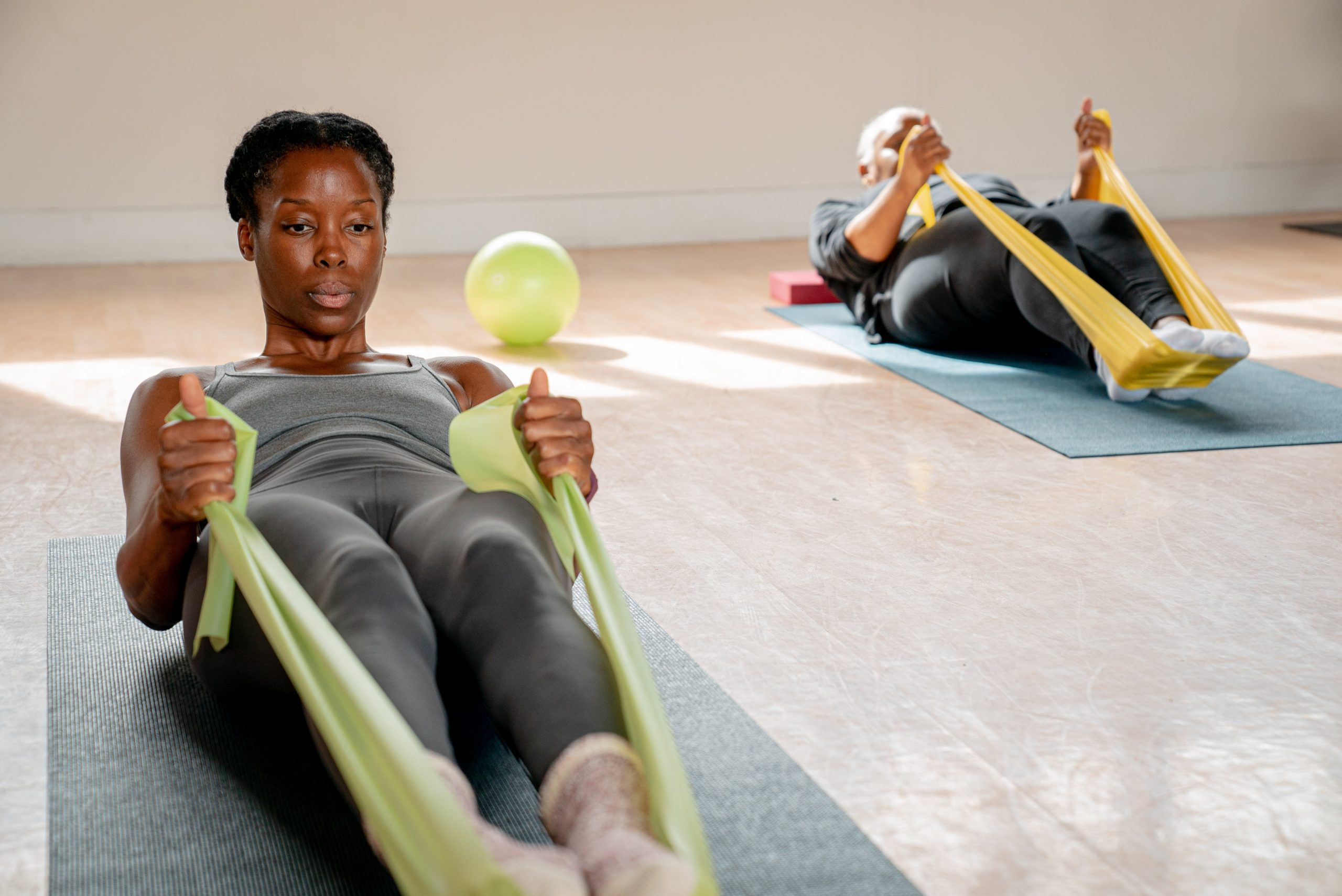Functional fitness to fascia training – the next big trends in fitness CPD courses
In the ever-evolving world of fitness, staying on top the latest trends is vital.
As new methods continue to emerge, fitness professionals who embrace these will be best positioned to lead, inspire, and grow their client base.
In this blog, YMCAfit will explore the top continuous professional development course trends shaping the rest of 2025 and beyond, from the rise of functional fitness to the growing impact of fascia-focused training – and how personal trainers can expand their skills, stay relevant, and elevate their coaching.
Evolution of functional fitness in the industry
Functional fitness is all about training your client’s body for real life. Think of it as movement with purpose – lifting, twisting, reaching, bending – normal things you expect your body to do on a daily basis. Things like carrying your shopping, racing about with the kids or running up the stairs.
What is making functional fitness training so popular is how natural it feels. There are no complicated routines for clients to master. Simply help them build strength and stability through exercises that their body already knows.
It’s effective, and accessible to everyone, regardless of their fitness level.
To stay ahead when it comes to fitness trends, professionals should be placing more emphasis on mental health and wellbeing. Functional fitness is a large leap on from six-packs, severe diets and shedding pounds. And because people are starting to care more about how they feel and move – not just how they look – functional fitness is becoming a revolution.
It’s an empowering way to train the body to handle everyday tasks more efficiently and safely and without discomfort.
For many clients, their goal might simply be to improve balance, stay flexible, and move with more ease. Others might be aiming to undo the strain of time hunched over a desk. And those people will find functional fitness fantastic for better posture, joint health, and core strength.
With more people spending their days sitting down and stressed, there’s a growing awareness around mobility, posture, and joint health. Functional fitness directly addresses these issues, offering strength, stability, and relief from stiffness – especially when they spend long hours at a laptop.
Whether they need to recover from an injury, chase after toddlers, or simply stay independent, functional movements are designed to meet your clients where they are.
Why fascia training is gaining popularity
A new approach currently making waves is that of helping people move more freely, feel less stiff, and perform at their best, both in everyday life and in fitness training.
It’s called fascial training, and it’s quickly becoming a go-to for those looking to support their body from the inside out.
If you’ve had clients complain about stiffness, tension, or unexplained aches, you might have talked to them about fascia – the web-like layer of connective tissue that surrounds muscles, organs, bones, and joints – rather like a full-body stretch of cling film that gives a body shape and structure.
It can often get tight and restricted, leading to limited mobility and pain. But through gentle, intentional movement, including things like dynamic stretching, foam rolling, or certain types of yoga, fascia training helps keep this essential system hydrated, flexible, and healthy.
Many people, and not just sports people, are benefiting from shortened recovery times following heavy competition or exercises, with many experiencing better posture, improved range of motion, fewer aches, and a greater sense of ease in moving about each day.
One method within this training type that is becoming incredibly popular with personal trainers is fascial release, in which pressure is placed on the restricted tissue via a foam roller or ball. This technique can relieve stiffness and help drain lymphatic fluids, as well as reduce swelling.

How CPD courses help PTs stay competitive
Those looking to stay ahead when it comes to fitness trends in 2025, should consider CPD courses. By adding an extra strand of body knowledge to your bow, you can shape your business’ future and increase your earning potential.
Investing in your future via our CPD courses means you can gain the necessary skills and knowledge you need to help your clients live healthier, happier lives. You’ll be better equipped to work with a wider range of clients, from athletes to older adults and even those in post-rehab.
Clients trust trainers who invest in their own growth – and that leads to better retention and word-of-mouth referrals.
Recommended CPD courses for 2025 and beyond
There are plenty of CPD courses to consider if you want to challenge your clients and stay ahead with fitness trends in 2025.
YMCAFIt offers a Supple Strength course, which is a mindful, full-body workout that blends elements of yoga, Pilates, and body conditioning to improve posture, core stability, and overall alignment.
This holistic approach focuses on both mental engagement and physical control, offering a powerful yet accessible way to stretch, strengthen, and stabilise the body.
In this course, you’ll learn how to design and deliver effective Supple Strength classes that help clients enhance their balance and confidence.
We also offer a one-day Total Barre® Foundation Course that equips instructors with the essential tools to design safe, effective, and versatile barre workouts tailored to clients of all abilities and goals.
You’ll be introduced to the six Total Barre Principles—core movement fundamentals that form the foundation for each exercise.
Through hands-on experience and guided exploration, you’ll learn how to apply these principles to promote dynamic stability, optimal mobility, and efficient, mindful movement.
By the end of the course, you’ll be ready to deliver energising, biomechanically sound barre classes with confidence and creativity.
If you’d like to book onto one of YMCAfit’s CPD courses, visit: www.ymcafit.org.uk/disciplines/cpd-fitness-courses/
It could prove a very good move indeed!






